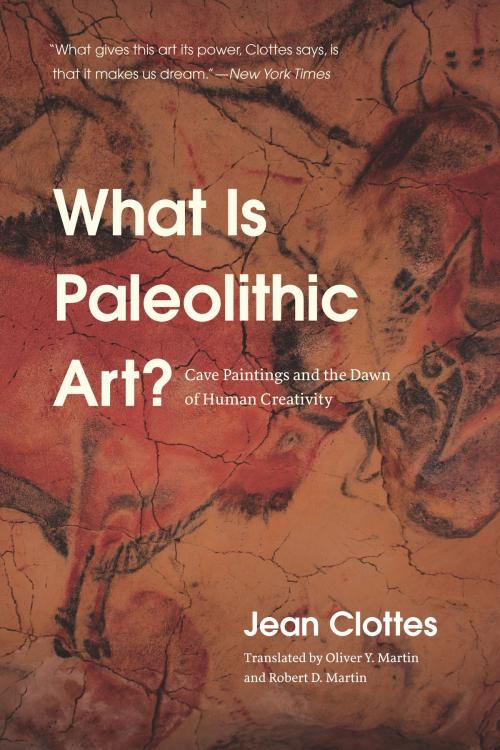What Is Paleolithic Art?
Cave Paintings and the Dawn of Human Creativity
Nonfiction, Social & Cultural Studies, Social Science, Archaeology, Art & Architecture, Art History, General Art| Author: | Jean Clottes | ISBN: | 9780226188065 |
| Publisher: | University of Chicago Press | Publication: | April 25, 2016 |
| Imprint: | University of Chicago Press | Language: | English |
| Author: | Jean Clottes |
| ISBN: | 9780226188065 |
| Publisher: | University of Chicago Press |
| Publication: | April 25, 2016 |
| Imprint: | University of Chicago Press |
| Language: | English |
Was it a trick of the light that drew our Stone Age ancestors into caves to paint in charcoal and red hematite, to watch the heads of lions, likenesses of bison, horses, and aurochs in the reliefs of the walls, as they flickered by firelight? Or was it something deeper—a creative impulse, a spiritual dawn, a shamanistic conception of the world efflorescing in the dark, dank spaces beneath the surface of the earth where the spirits were literally at hand?
In this book, Jean Clottes, one of the most renowned figures in the study of cave paintings, pursues an answer to this “why” of Paleolithic art. While other books focus on particular sites and surveys, Clottes’s work is a contemplative journey across the world, a personal reflection on how we have viewed these paintings in the past, what we learn from looking at them across geographies, and what these paintings may have meant—what function they may have served—for their artists. Steeped in Clottes’s shamanistic theories of cave painting, What Is Paleolithic Art? travels from well-known Ice Age sites like Chauvet, Altamira, and Lascaux to visits with contemporary aboriginal artists, evoking a continuum between the cave paintings of our prehistoric past and the living rock art of today. Clottes’s work lifts us from the darkness of our Paleolithic origins to reveal, by firelight, how we think, why we create, why we believe, and who we are.
Was it a trick of the light that drew our Stone Age ancestors into caves to paint in charcoal and red hematite, to watch the heads of lions, likenesses of bison, horses, and aurochs in the reliefs of the walls, as they flickered by firelight? Or was it something deeper—a creative impulse, a spiritual dawn, a shamanistic conception of the world efflorescing in the dark, dank spaces beneath the surface of the earth where the spirits were literally at hand?
In this book, Jean Clottes, one of the most renowned figures in the study of cave paintings, pursues an answer to this “why” of Paleolithic art. While other books focus on particular sites and surveys, Clottes’s work is a contemplative journey across the world, a personal reflection on how we have viewed these paintings in the past, what we learn from looking at them across geographies, and what these paintings may have meant—what function they may have served—for their artists. Steeped in Clottes’s shamanistic theories of cave painting, What Is Paleolithic Art? travels from well-known Ice Age sites like Chauvet, Altamira, and Lascaux to visits with contemporary aboriginal artists, evoking a continuum between the cave paintings of our prehistoric past and the living rock art of today. Clottes’s work lifts us from the darkness of our Paleolithic origins to reveal, by firelight, how we think, why we create, why we believe, and who we are.















